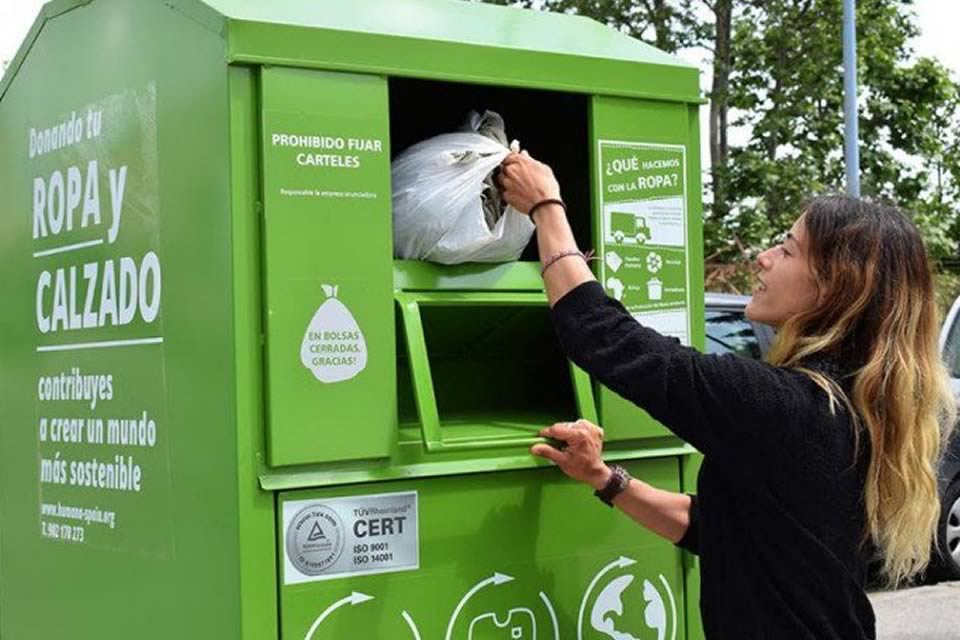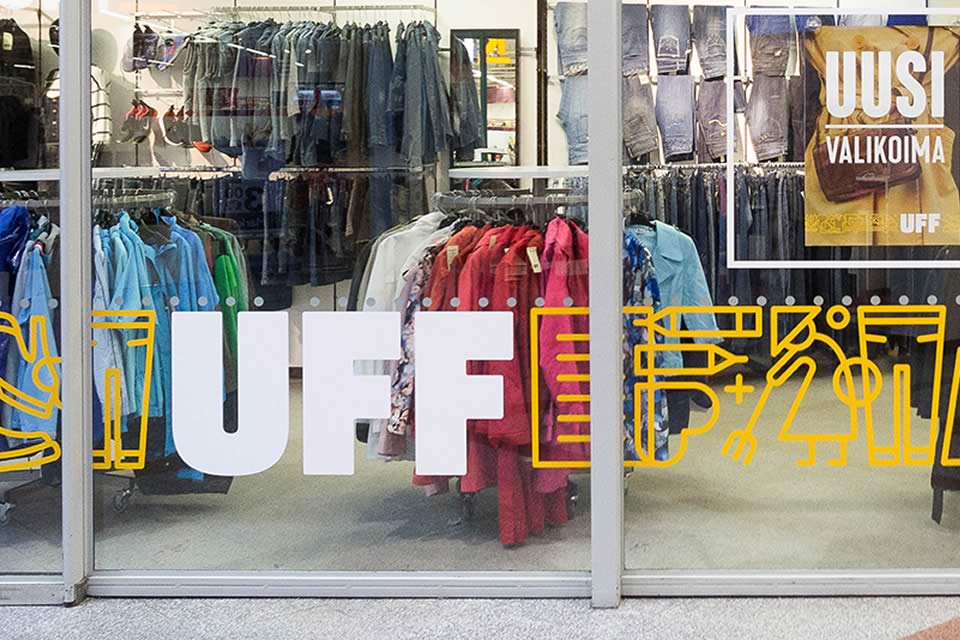
By Kaj Pihl, Environment and Recycling Advisor for Humana People to People in Europe*
Article was published in CNBC Africa on 12 December 2019

COP25, Madrid: As the textile and fashion industry scramble to address the impact of throwaway fashion on the environment, a new report by the European Environment Agency’s (EEA), Textiles and the Environment in a Circular Economy, places textiles as the fourth most environmentally harmful sector, after food, housing and transport.
This conclusion is not surprising, we have long known the textile and fashion industries use large amounts of water, chemicals and energy resulting in extensive pollution and CO2 emissions.
Yet many of the facts laid out in the report are nonetheless startling: of the 3,500 chemicals used in textile production, 750 are classified as dangerous to human health and 440 are classified as environmentally hazardous.
It is estimated that 20% of global water pollution is caused by the dyeing and finishing of textile products, with attendant consequences for the health of textile workers and local communities.

In an attempt to placate their damaging practises, the fashion industry is pursuing an impossible concept: sustainable fashion. Fast fashion and sustainability are inherently in opposition, despite what the fashion industry would like us to think.
Instead of chasing the oxymoronic concept of eco-friendly fashion, what is required is a shift in our approach to consumption. As emphasised in the EEA’s report, there is the need for further development and large-scale implementation of circular production and consumption models.
The principles of the circular economy model can be applied to the fashion industry, meaning clothes, textiles and fibres would be kept at their highest value through reuse and recycling, never ending up as waste.
The reuse of clothing offsets production of new products and thus the exploitation of land, water and other raw materials. This is critical as the production of new textiles is exhausting natural resources and is causing harm to our planet to a degree soon beyond repair.

For reuse to be truly effective, consumers need to understand the importance of reuse as a replacement for the production of new products. We must shift the ‘make, use, dispose’ mindset. In its most sustainable model, we would only buy second-hand clothes to replace old or damaged items, not as additional items, putting an end to the fast fashion model which demands more and more.
Though the principle of reuse is not new, a new level of urgency has been added to its need given the devastating environmental effects of the textile and fashion industry. We must use better what already exists. It is the antidote to our addiction to fast fashion.
Note:
*Kaj Pihl is an environmental expert and researcher. He specialises in the reuse rates of textiles and the circular economy of second-hand clothes. He led research in partnership with DTU Environment, which specialises in water, environmental engineering and sustainability in Europe. Kaj works as an advisor for the international development charity, Humana People to People.